Home>Dining>Events & Etiquette>Table Etiquette: What To Do When Done Eating
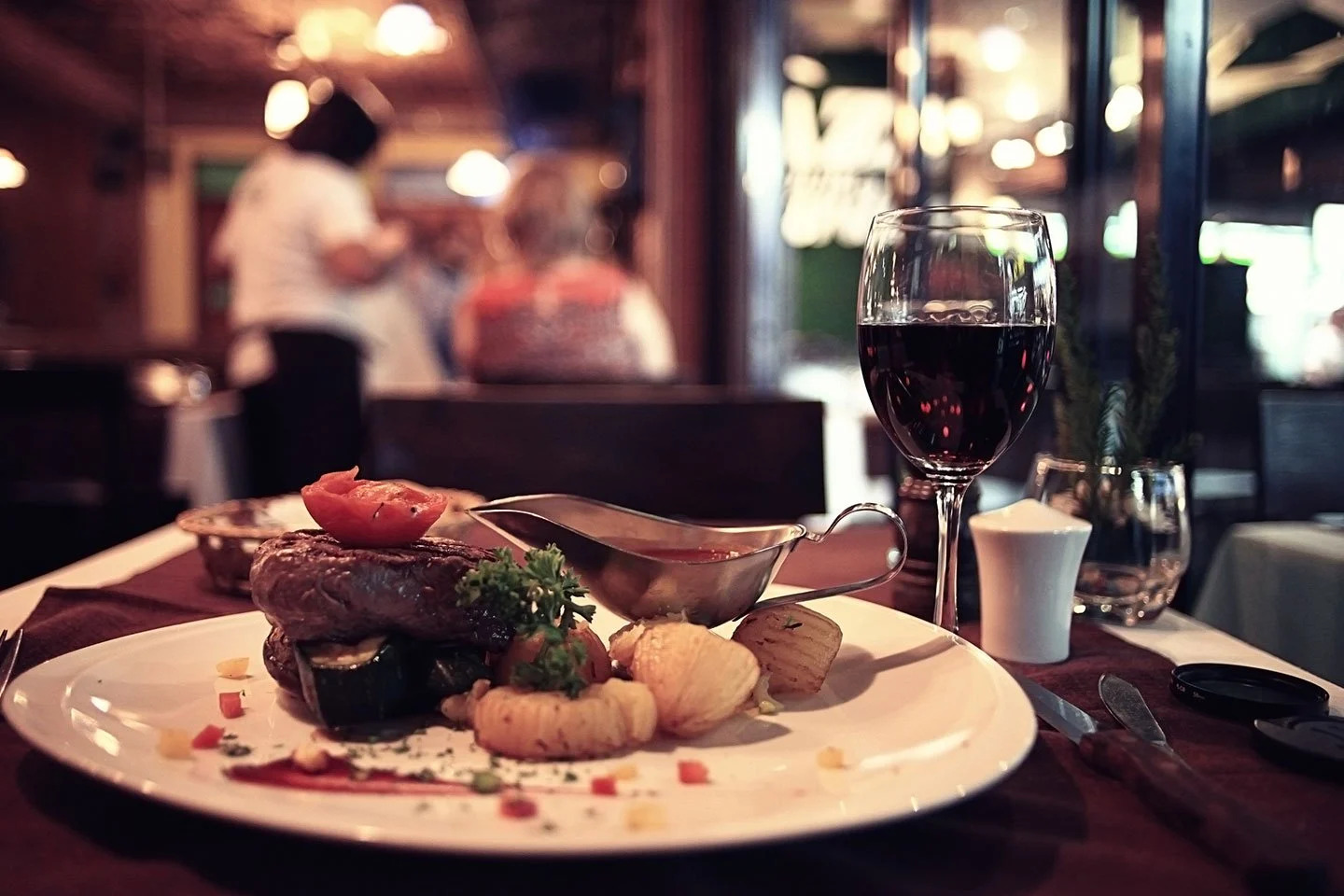

Events & Etiquette
Table Etiquette: What To Do When Done Eating
Modified: January 4, 2024
Learn the proper table etiquette for events and gatherings. Find out what to do when you're finished eating to impress others with your manners and grace.
(Many of the links in this article redirect to a specific reviewed product. Your purchase of these products through affiliate links helps to generate commission for Storables.com, at no extra cost. Learn more)
Introduction
When it comes to dining at a formal event or participating in a business luncheon, understanding and practicing proper table etiquette is crucial. The way you conduct yourself at the table not only reflects your manners and upbringing but also leaves a lasting impression on those around you. By adhering to certain guidelines and following proper etiquette, you can navigate through any meal with confidence and grace.
In this article, we will explore various aspects of table etiquette and discuss what to do when you are done eating. From clearing your plate to signaling when finished, we will cover everything you need to know to ensure a seamless dining experience.
So, whether you are attending a wedding reception, a formal dinner party, or a professional networking event, read on to discover the essential steps to take when you have finished your meal.
Key Takeaways:
- Mastering table etiquette involves clearing your plate with grace, placing utensils properly, using the napkin discreetly, and signaling when finished. These actions show respect and enhance the dining experience for all.
- Expressing gratitude to your host after a meal is a thoughtful gesture that strengthens social connections and fosters a positive atmosphere. Complimenting the meal and offering to help with future gatherings further demonstrates appreciation.
Read more: How To Place Cutlery When Done Eating
Clearing Your Plate
After you have finished eating, it is important to clear your plate from the table. This is a polite gesture that shows respect to your host or the restaurant staff.
When clearing your plate, there are a few things to keep in mind.
- Finish what’s on your plate: Before you begin to clear your plate, make sure you have completely finished all the food on it. Leaving behind any significant amount of food may be seen as wasteful and disrespectful.
- Use a utensil if available: If you are dining at a formal event or restaurant, it is common to use a utensil, such as a fork or spoon, to push your remaining food onto your fork or spoon. This helps to ensure that your plate is clean and tidy.
- Stack your dishes: If you are dining in a more casual setting, such as a family gathering or a friend’s house, it is acceptable to stack your dishes neatly to indicate that you are done eating. Place your fork and knife across the edge of the plate, with the tines of the fork facing up and the blade of the knife facing inward.
Once you have cleared your plate, it is important to wait for everyone at the table to finish eating before you leave the table. Leaving while others are still eating is considered impolite and may disrupt the flow of the meal.
Remember, clearing your plate should be done with grace and without drawing attention to yourself. By following these simple guidelines, you will demonstrate good table manners and show respect to your host or the restaurant staff.
Proper Placement of Utensils
Knowing the correct placement of utensils on the table is essential when dining at a formal event. This not only helps maintain a neat and organized table setting but also signals which utensils to use for each course.
Here are some key points to keep in mind when it comes to the proper placement of utensils:
- Forks: Forks are typically placed on the left side of the plate. The smaller fork is used for salad or appetizers and is placed on the outside, while the larger fork is for the main course and is placed closer to the plate.
- Knives: Knives are placed to the right of the plate. The blade should be facing the plate. If there are multiple knives, the one closest to the plate is for the main course, while other knives are for specific purposes such as butter or salad.
- Spoons: Spoons also go on the right side of the plate, next to the knives. Similar to forks, the smaller spoon is for stirring beverages or eating soup, while the larger spoon is for desserts or other dishes.
In addition to the basic utensils, there may be additional utensils placed on the table. These may include a seafood fork, a butter knife, or a dessert fork and spoon. The general rule of thumb is to work your way from the outside in, using the utensils for each course as they are presented.
Remember, if you are unsure about which utensil to use, observe the host or other guests for cues. It is better to follow their lead than to risk using the wrong utensil.
Finally, when you have finished your meal, place your utensils neatly together on the plate. If there is a utensil rest provided, use it to place your utensils across the side of the plate. This signals to the server that you are done eating and your plate can be cleared.
By understanding and practicing the proper placement of utensils, you can navigate through formal dining situations with confidence and grace.
Proper Use of Napkin
A napkin is an essential part of table etiquette and serves both practical and etiquette purposes. Knowing how to use a napkin demonstrates your sophistication and respect for the dining experience.
Here are some guidelines for the proper use of a napkin:
- Placement: As soon as you sit down at the table, unfold your napkin and place it on your lap. The fold should be facing towards you. If there is a napkin ring, remove the napkin from it and unfold it completely.
- Use during the meal: Throughout the meal, use your napkin to gently dab your mouth as needed. Avoid wiping or smearing food with your napkin. Blotting your lips and mouth in a discreet manner is the appropriate way to use your napkin during the meal.
- Etiquette while dining: If you need to leave the table momentarily during the meal, place your napkin loosely on the seat of your chair. This signals to the server and other guests that you will be returning. When you have finished eating, fold your napkin loosely and place it to the left side of your plate.
- Etiquette after the meal: At the end of the meal, do not refold your napkin. Simply leave it on the left side of your plate. If you are dining at a formal event or restaurant, wait for the host or server to signal that the meal is over before getting up from the table.
It is important to note that your napkin should only be used for personal hygiene and should not be used to clean up spills or messes on the table. If a spill occurs, discreetly signal the server for assistance.
Remember, using a napkin properly demonstrates your respect for the dining experience and shows consideration for those around you. By following these simple guidelines, you can navigate through any meal with elegance and poise.
Place your utensils parallel to each other on the right side of the plate when finished. This signals to the server that you are done with your meal.
Signaling When Finished
When you have finished your meal, it is important to signal to the server and those around you that you are done eating. This not only helps facilitate the smooth progression of the meal but also allows for efficient service and ensures a comfortable dining experience for everyone.
Here are some ways to signal when you are finished:
- Positioning your utensils: To indicate that you have finished eating, place your utensils together diagonally across your plate, with the handles pointing towards the bottom right corner. This is known as the “finished” or “resting” position and lets the server know that you are done and they can clear your plate.
- Closing the napkin: If you are using a napkin, gently fold it loosely and place it to the left side of your plate. This signals that you have completed your meal and your napkin can be taken away.
- Leaving some food on your plate: It is not necessary to finish every last morsel of food on your plate. Leaving a small amount of food is acceptable and indicates that you have had enough to eat.
It is important to note that once you have signaled that you are finished, you should refrain from continuing to eat or drink. This can create confusion for the server and disrupt the flow of the meal.
Remember, signaling when you are finished allows for efficient service and ensures that everyone at the table can move on to the next course or conclude the meal. By following these simple guidelines, you can navigate through any dining experience with ease and courtesy.
Excusing Yourself from the Table
There may be occasions during a meal when you need to excuse yourself from the table, whether it’s to use the restroom, make a phone call, or attend to an urgent matter. When excusing yourself, it is important to do so politely and without disrupting the flow of the meal.
Here are some tips for excusing yourself from the table:
- Timing: If possible, try to excuse yourself when there is a break in the conversation or between courses. This minimizes any interruption to the meal.
- Signal to the host: Before leaving the table, make eye contact with the host or notify them discreetly that you need to step away. This shows courtesy to your host and allows them to be aware of your absence.
- Place your napkin: When excusing yourself, place your napkin loosely on your chair. This indicates to the others at the table that you will be returning.
- Express your intentions: If you feel comfortable doing so, you can politely inform those at your table about the reason for your departure. For example, saying “Excuse me, I need to use the restroom” or “I apologize, but I have an important phone call to take” provides clarity and prevents any speculation.
- Keep it brief: When you excuse yourself, try to keep your absence as brief as possible. Be mindful of the flow of the meal and return to the table promptly.
- Express gratitude upon return: When you return to the table, acknowledge your appreciation for others’ patience and understanding. A simple “Thank you for waiting” or “I apologize for the interruption” shows gratitude and helps to restore the conviviality of the gathering.
Remember, the key is to excuse yourself politely and with minimal disruption to the meal. By following these guidelines, you can step away from the table gracefully and maintain the harmony of the dining experience.
Thanking Your Host
When you have enjoyed a meal as a guest at someone’s home or attended a formal dining event, it is customary and polite to express your gratitude to your host for their hospitality. Showing appreciation not only demonstrates good manners but also strengthens social connections and fosters a positive atmosphere.
Here are some tips for thanking your host:
- Express genuine gratitude: Take a moment to sincerely thank your host for inviting you and for the effort they put into the meal and event. Use phrases such as “Thank you for such a wonderful dinner” or “I truly appreciate your hospitality.”
- Compliment the meal: If you enjoyed the food, compliment your host on their culinary skills. Be specific and mention particular dishes that stood out. For example, you could say, “The lasagna was absolutely delicious” or “I loved the way you seasoned the chicken.”
- Acknowledge the ambiance: Commenting on the overall ambiance and atmosphere is also a thoughtful gesture. You might say something like, “The table setting looked beautiful” or “The decorations really added to the festive atmosphere.”
- Offer to help or contribute: If appropriate, offer to help with the cleanup or express your willingness to contribute to future gatherings. It could be bringing a dish to the next event or offering to assist with planning or organizing.
- Follow up with a thank-you note: To further express your gratitude, consider sending a thank-you note or email to your host after the event. In the note, reiterate your appreciation for the meal and the experience. This small gesture goes a long way in making your host feel valued and appreciated.
Remember, showing appreciation and thanking your host is an important part of etiquette. By expressing your gratitude sincerely and thoughtfully, you not only strengthen your relationship with your host but also contribute to a positive and gracious social atmosphere.
Conclusion
Understanding and practicing proper table etiquette is not only a sign of good manners, but it also enhances the dining experience for everyone involved. Whether you are attending a formal event, dining at a restaurant, or enjoying a meal with friends and family, knowing the appropriate actions to take when you are done eating is essential.
In this article, we have covered several important aspects of table etiquette, including clearing your plate, the proper placement of utensils, the use of a napkin, signaling when you are finished, excusing yourself from the table, and thanking your host. By following these guidelines, you can navigate through any dining situation with confidence and grace.
Remember, clearing your plate and signaling when you are finished is a way to show respect to your host or the restaurant staff. Properly placing your utensils and using your napkin demonstrates your knowledge of table etiquette. When excusing yourself from the table, do so politely and with minimal disruption. And don’t forget to express your gratitude to your host for their hospitality.
By incorporating these etiquette practices into your dining experiences, you not only cultivate a positive impression but also contribute to a harmonious and enjoyable atmosphere. So, whether you’re attending a formal dinner, a business luncheon, or a casual gathering, let your table manners shine and make every meal a memorable and pleasurable occasion.
Frequently Asked Questions about Table Etiquette: What To Do When Done Eating
Was this page helpful?
At Storables.com, we guarantee accurate and reliable information. Our content, validated by Expert Board Contributors, is crafted following stringent Editorial Policies. We're committed to providing you with well-researched, expert-backed insights for all your informational needs.
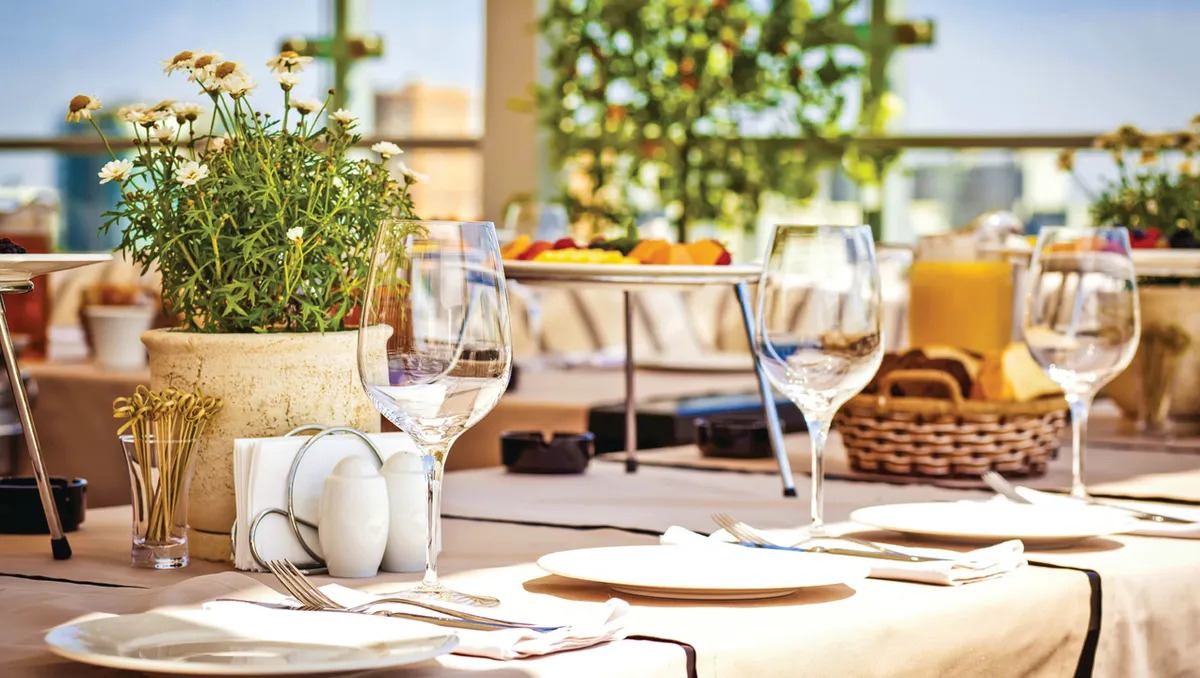
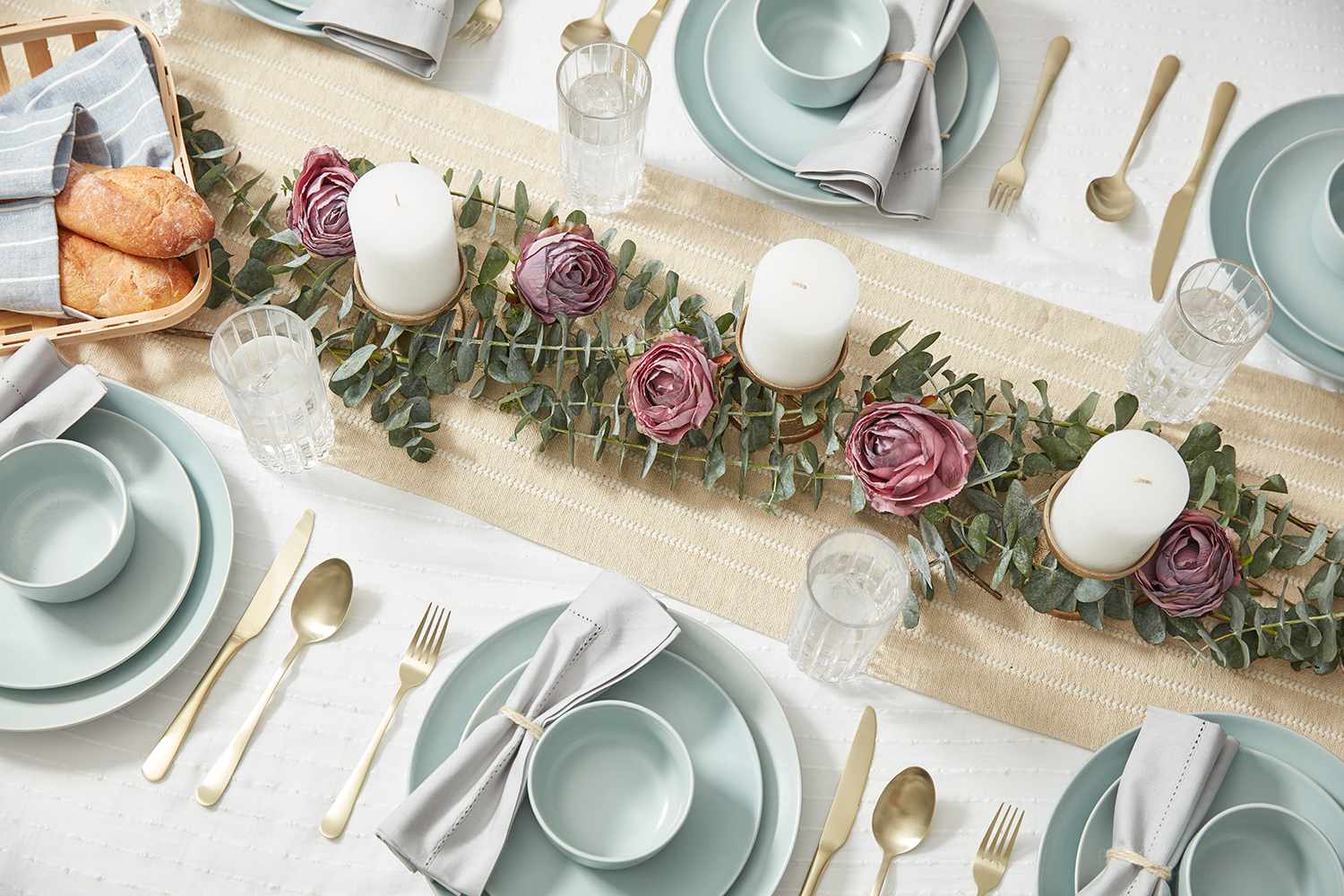
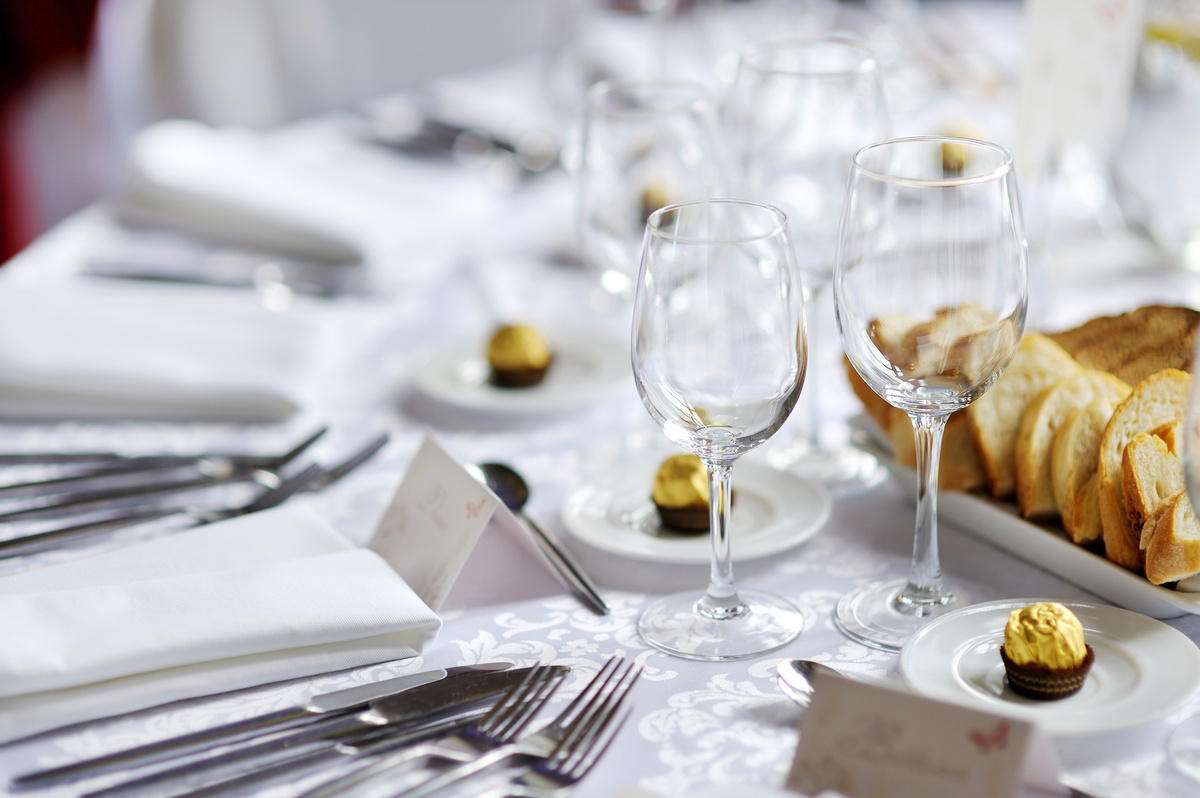
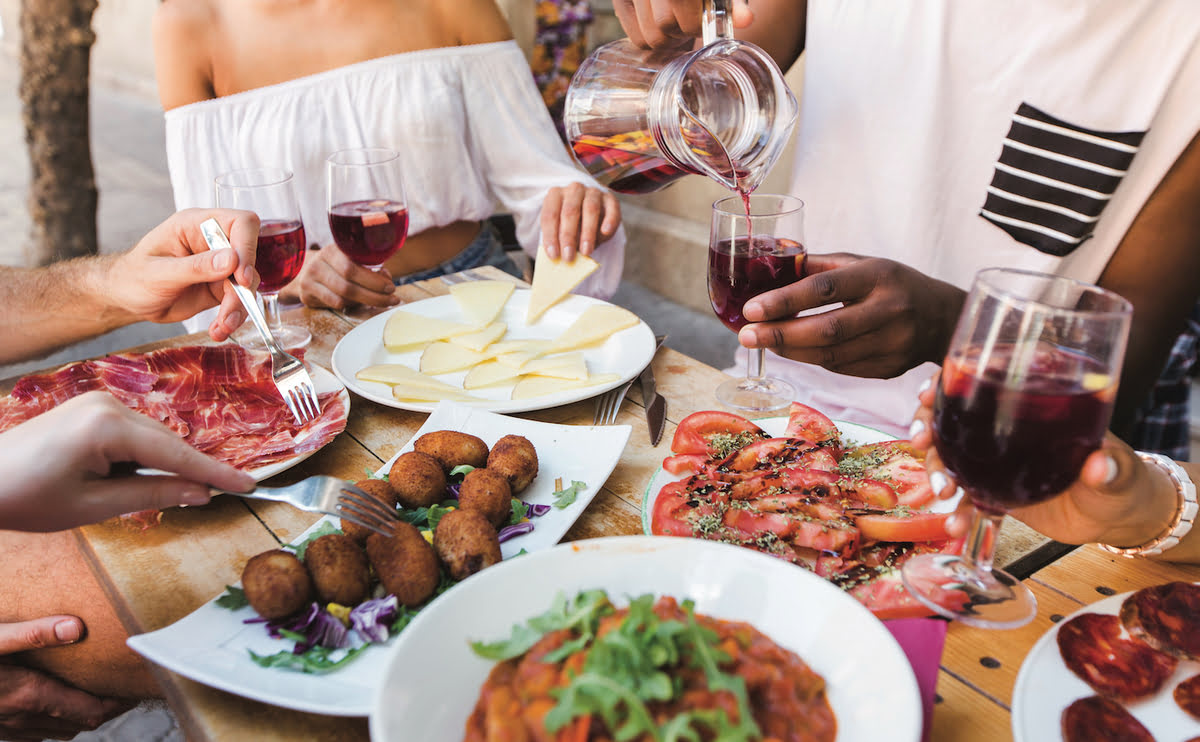
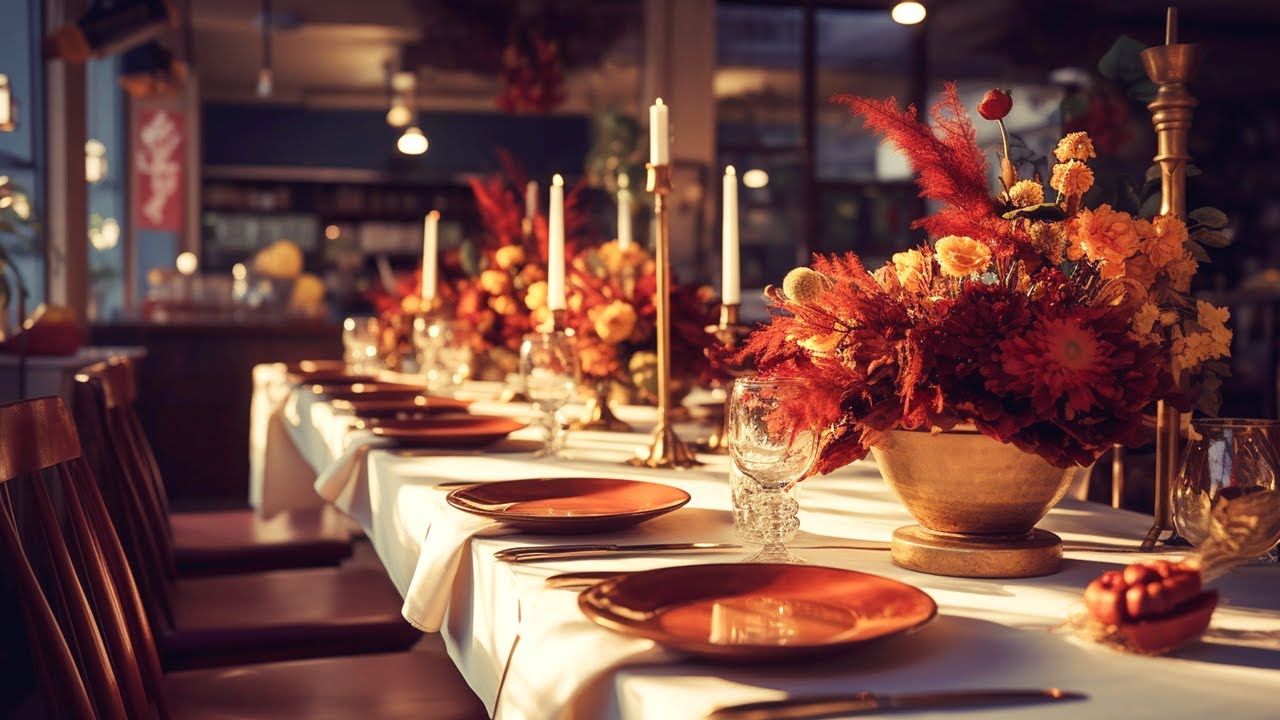
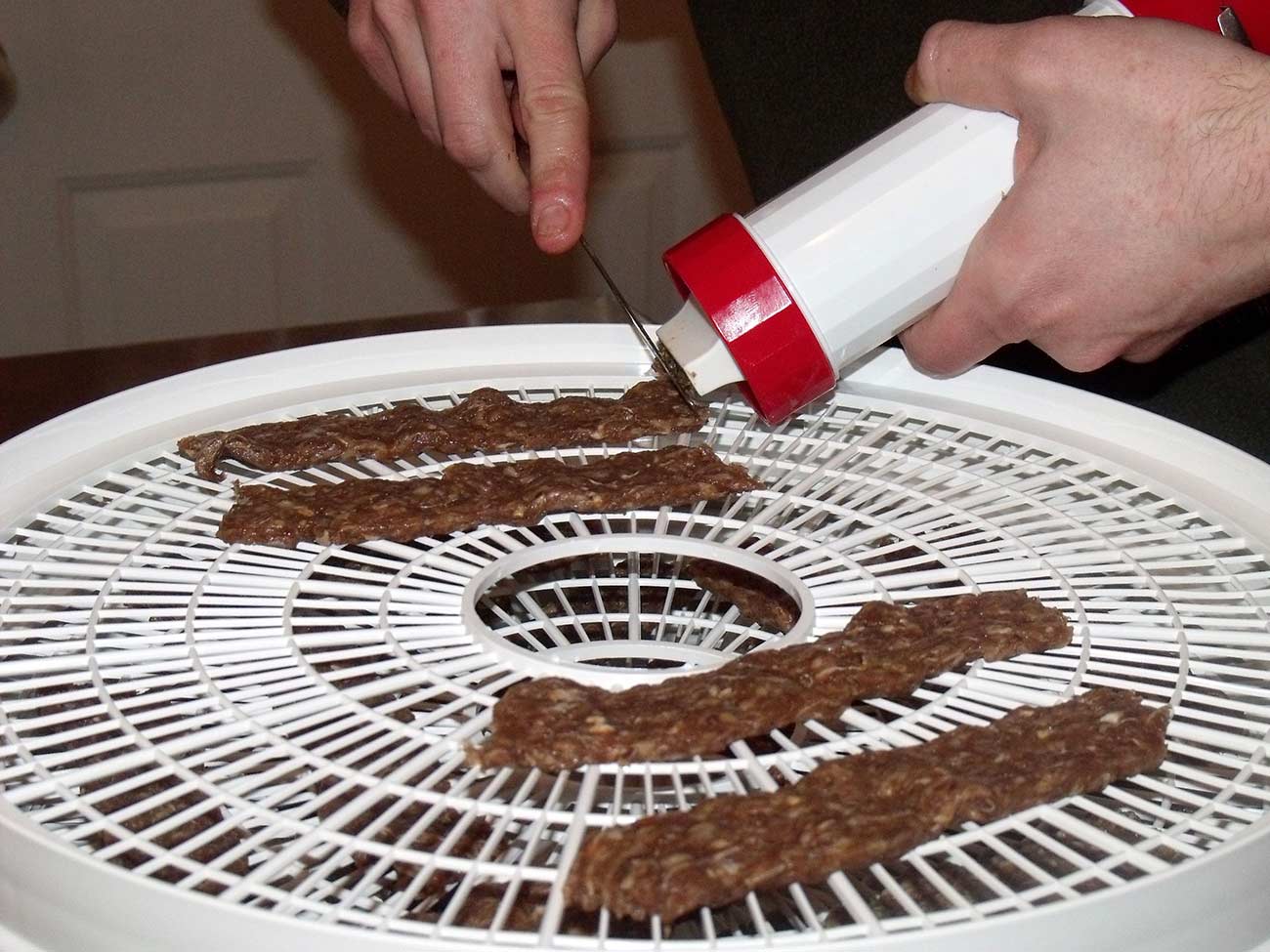
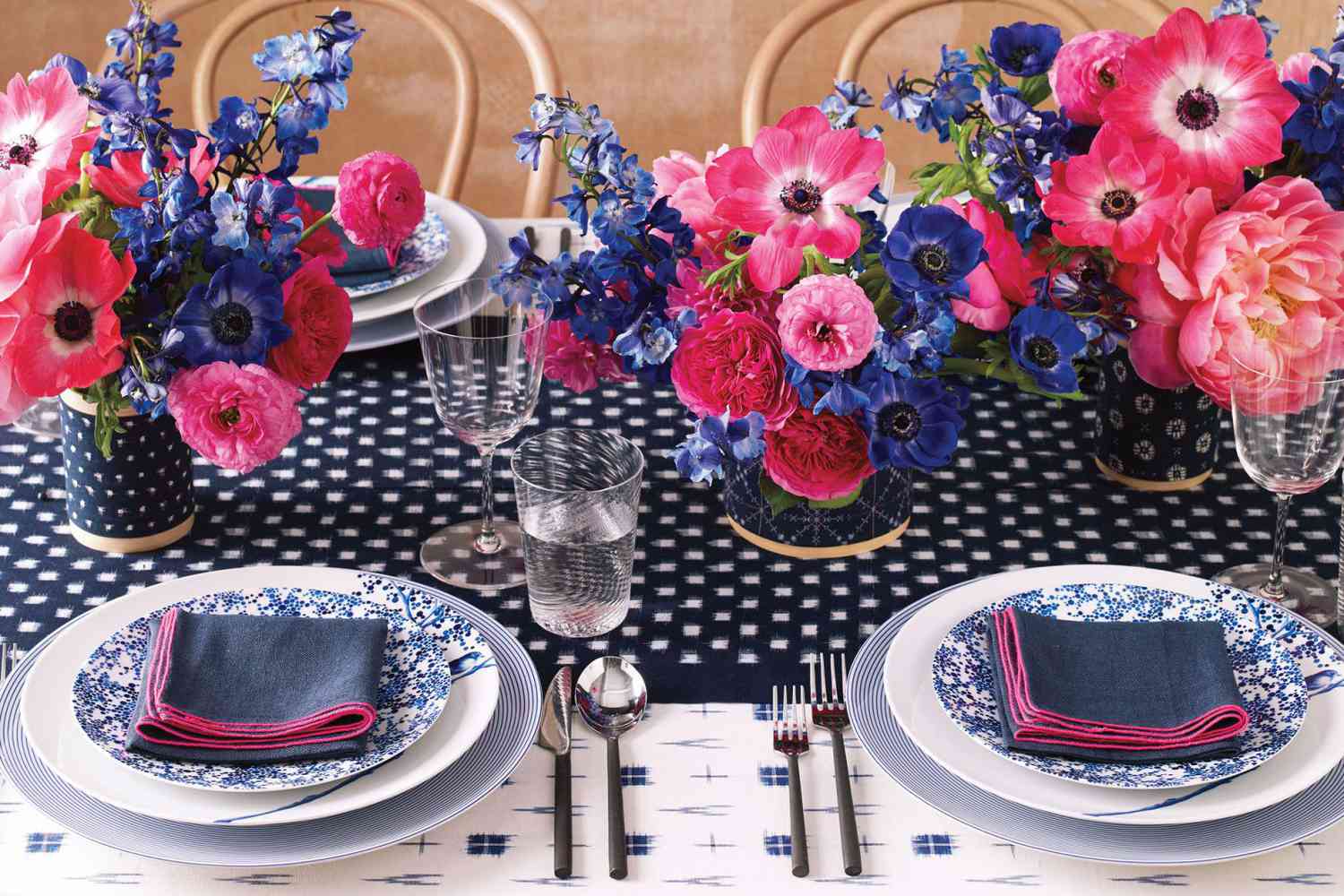
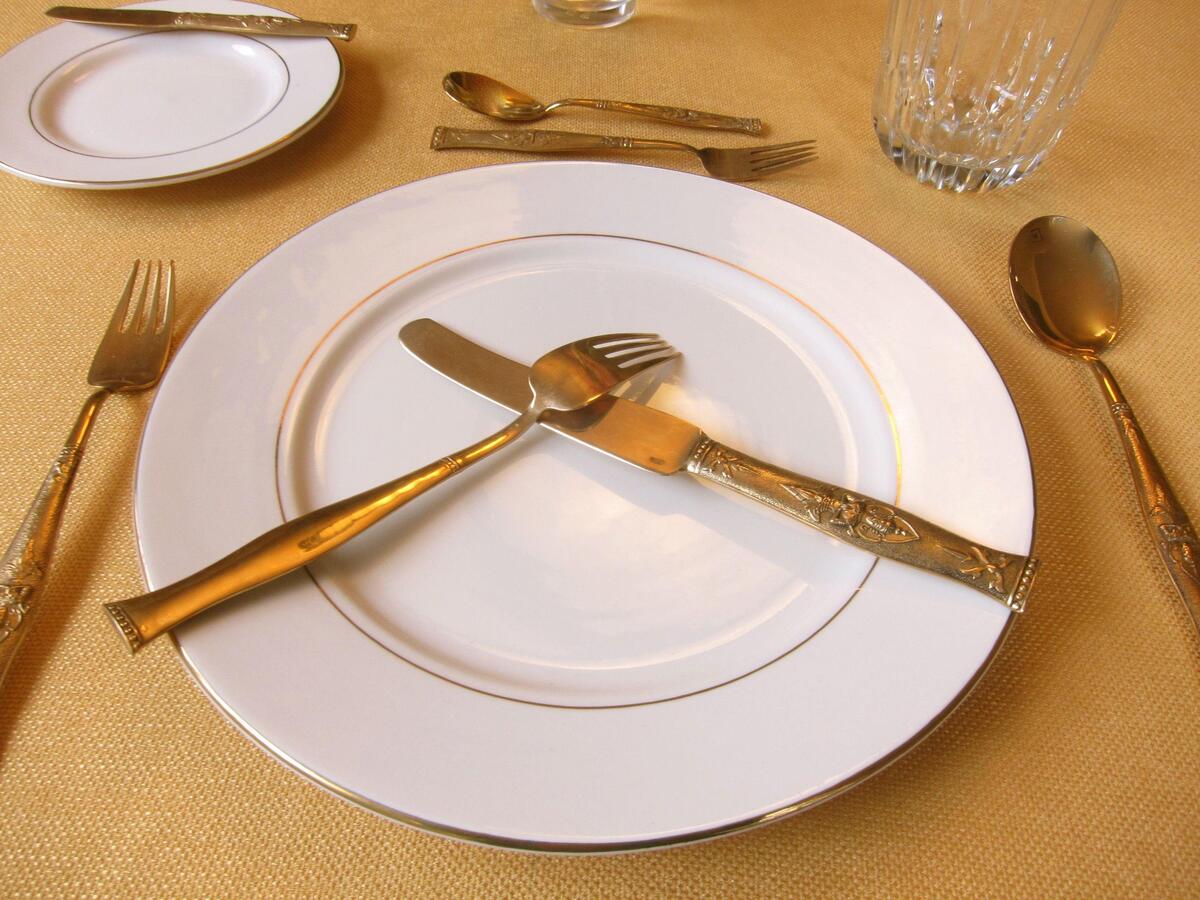
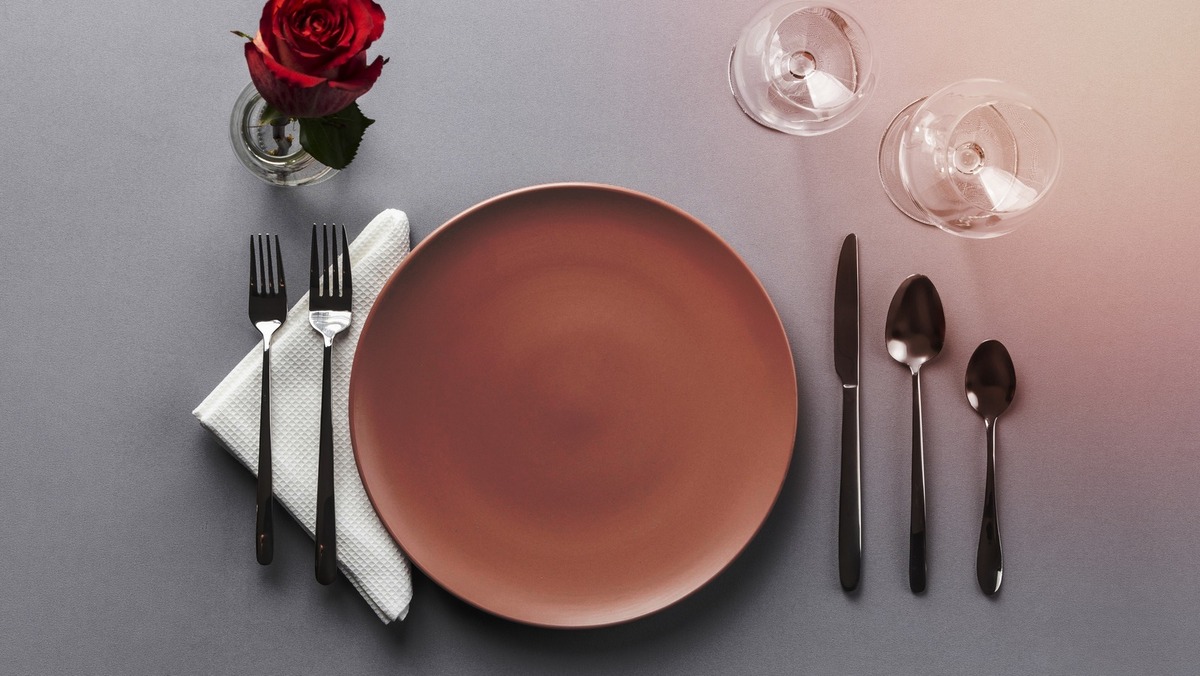
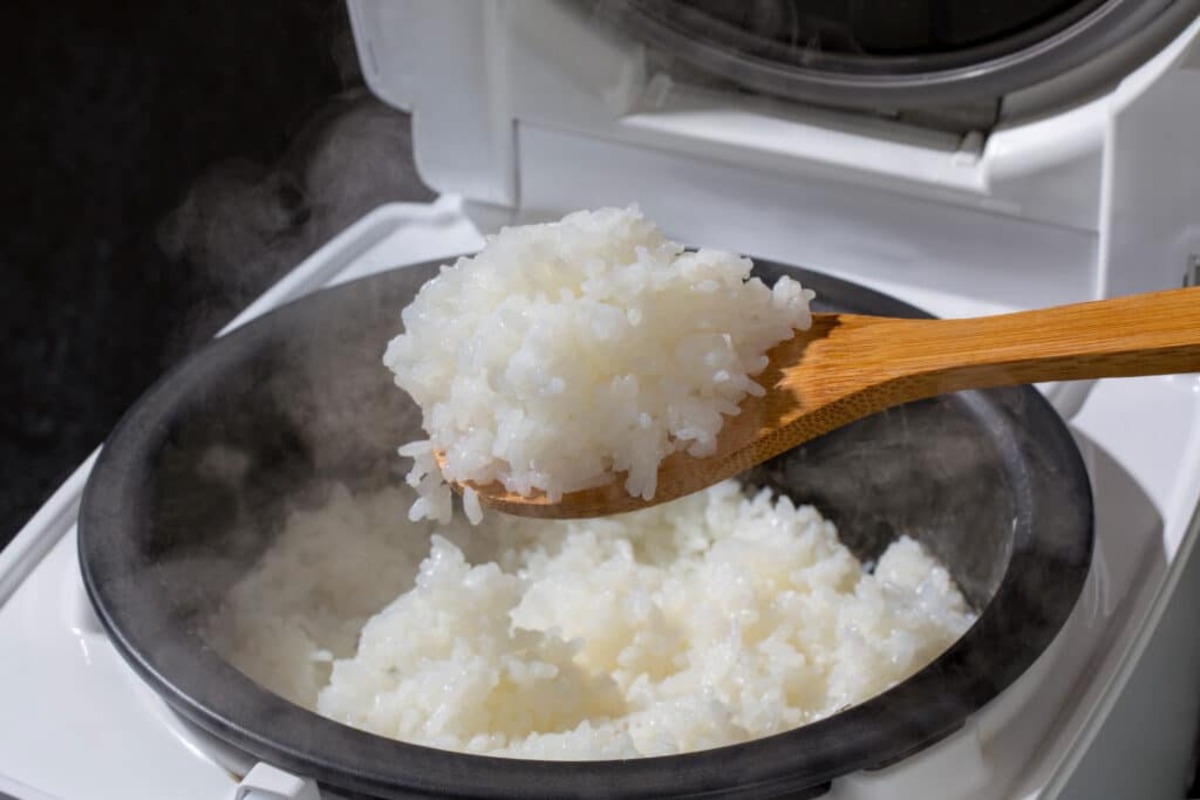
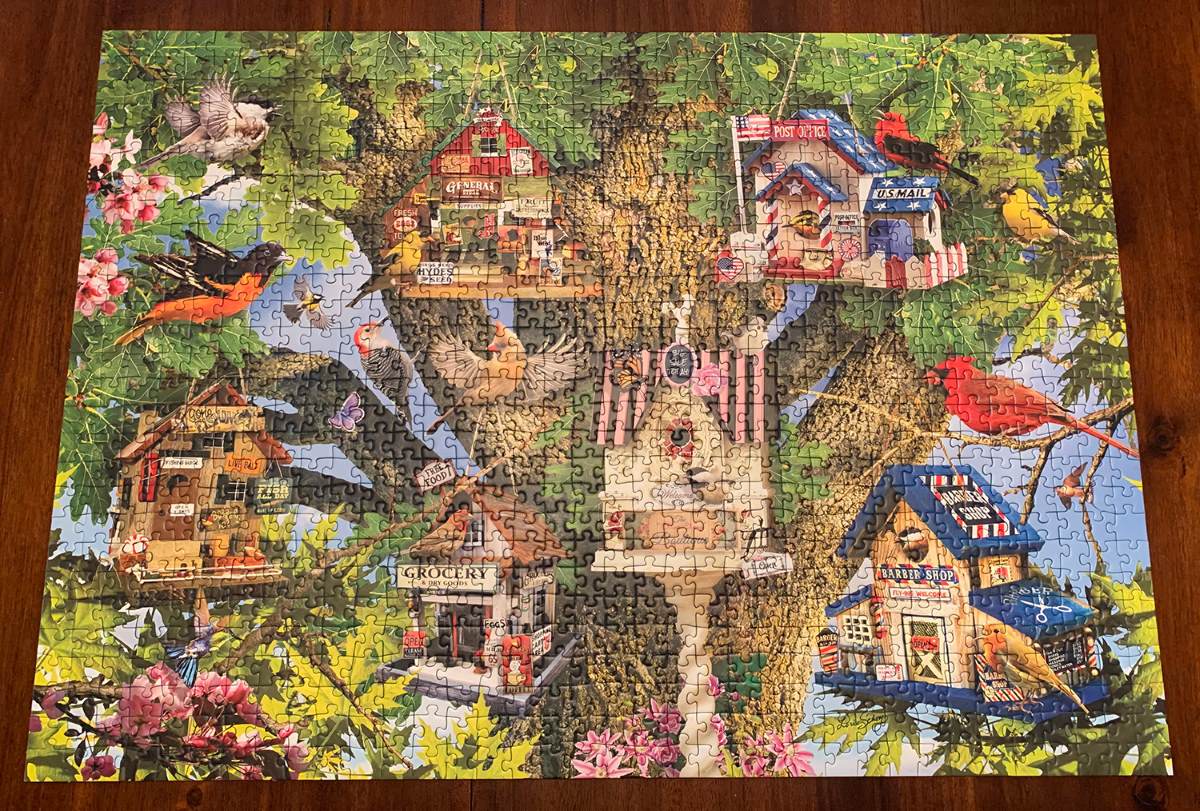
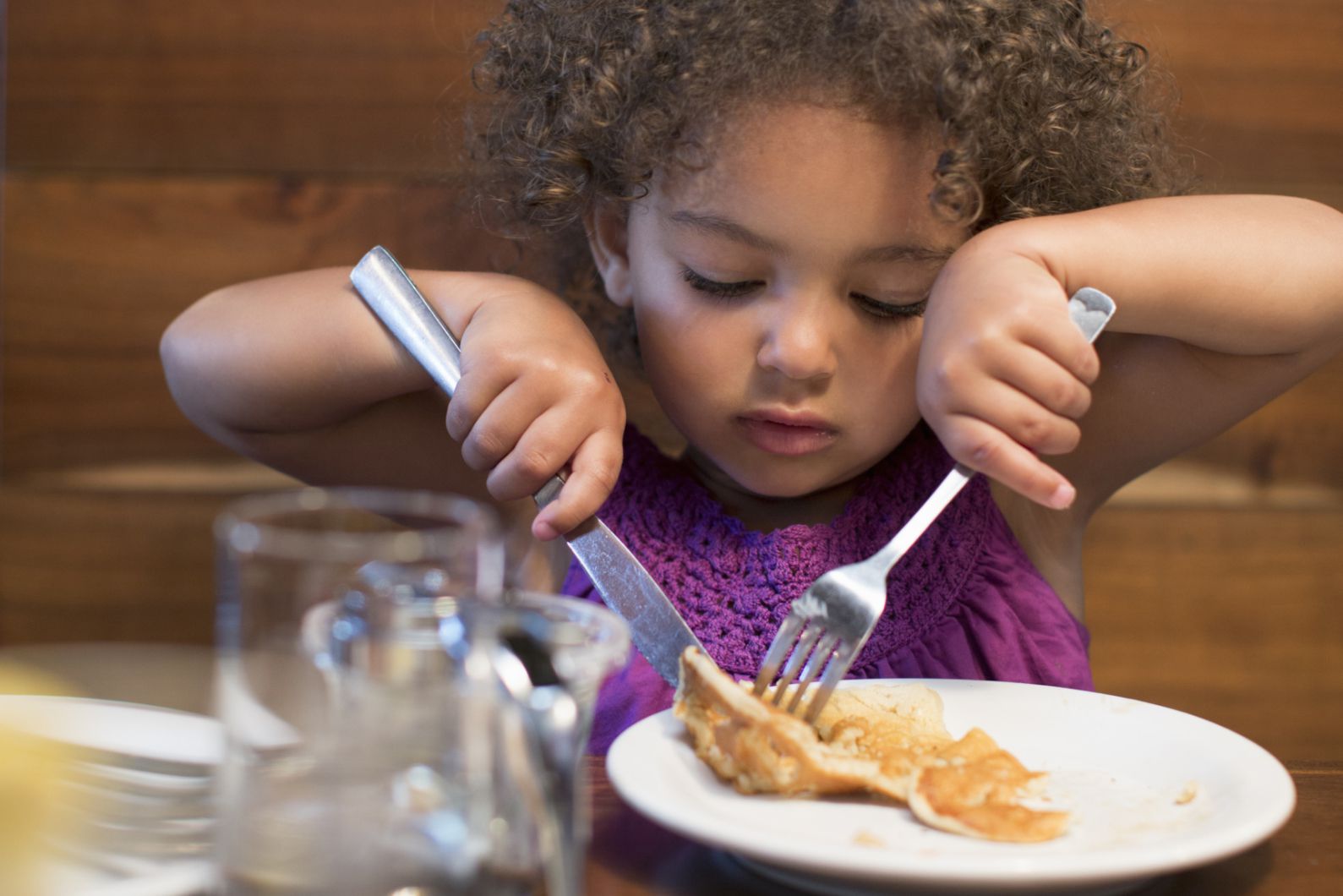
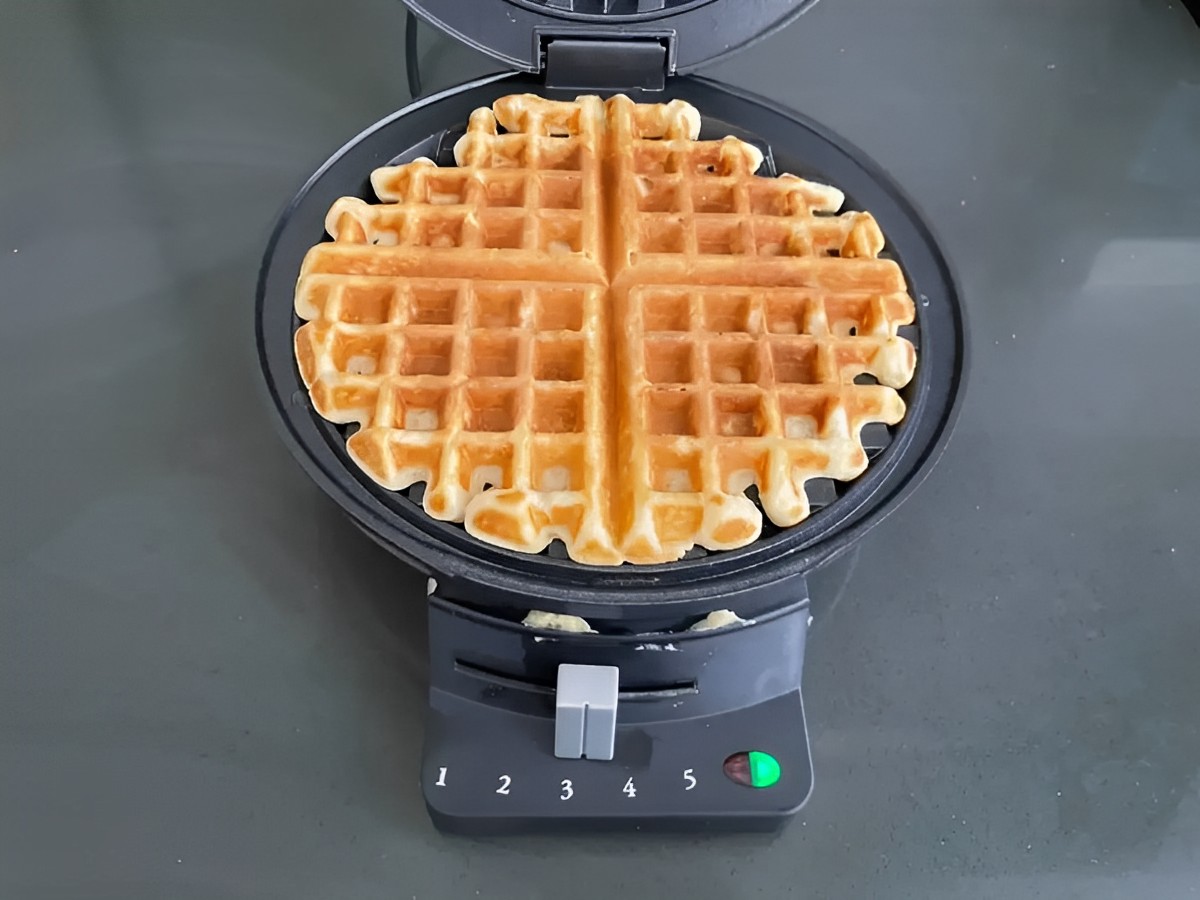
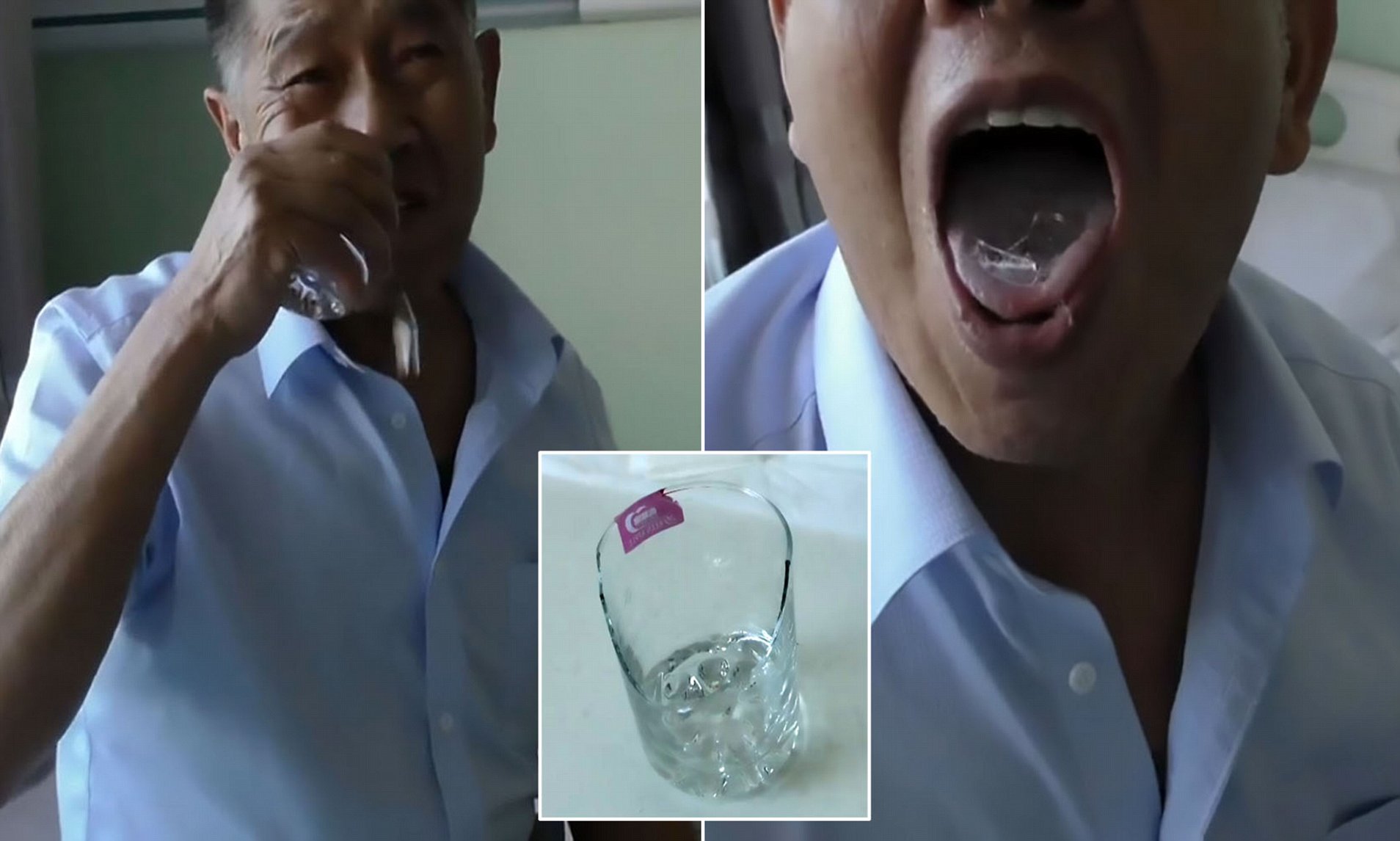

0 thoughts on “Table Etiquette: What To Do When Done Eating”